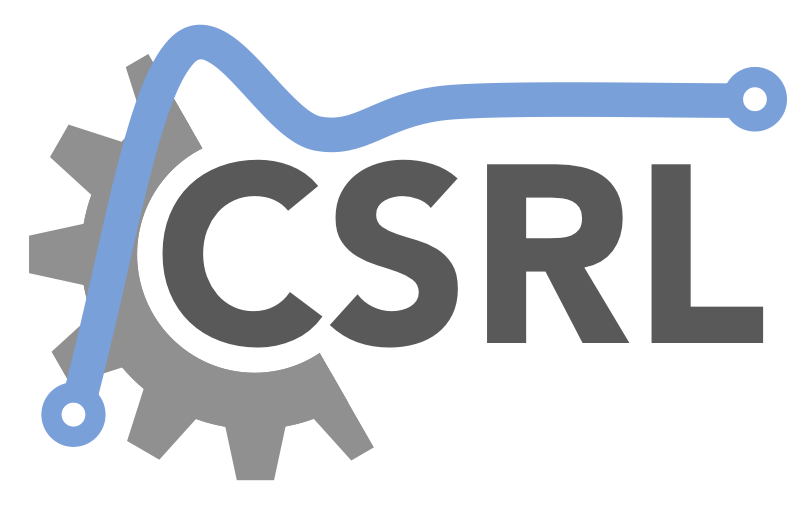Robotics II
9th Semester
The analysis done in this course follows both standard engineering practice and the full mathematical rigor required. Dynamic study of robotic systems including modeling issues: free movement of an articulated robotic arm in space, interaction of the arm with the environment, cooperation of robotic arms to manipulate objects, movement of robotic systems in an aquatic environment and flying robots.
Linear and non-linear control methodologies of robotic systems for free movement in space and interaction with the environment. General control scheme and architecture of joint motion controllers. Design controllers in joint space and Cartesian grasp space. Independent joint control of robotic systems with large actuator-joint gearing and moderate response speed: dynamic characteristics of actuators, analysis of typical PD and PID position controller action, feedforward joint position and trajectory control, design of state-space controllers with linear state feedback and observers, pre-feed control of calculated torques of the system dynamics and disturbance compensation.
Control of multivariable robotic systems with little or no gear adaptation between actuator-joints and high performance trajectory control: equilibrium points and stability theory of nonlinear Lyapunov systems, asymptotic and exponential stability theorems. Inverse dynamic control based on the nonlinear model of the system, method of linearization with feedback, control based on the passivity of the system, adaptive control methodologies. Force control of robotic arms, stiffness control, hybrid position-force control.
Inverse and Inverse Jacobian Controller, Inverse Dynamics Control in Cartesian Grasp Space. Controller implementation methodologies based on voltage control and torque-current control. The above topic is documented with a series of exercises presented in between the theory lectures and applications of the above control methods both at the level of simulation and in real robotic systems developed in the laboratory. Also, the students will be assigned to implement a project for the control and dynamic simulation of the dynamic systems analyzed above.
The expected learning outcomes for students who will attend the course are as follows:
- Acquisition of necessary knowledge for the dynamic modeling of robotic systems when they are in free motion or interacting with the environment.
- Understanding of linear and non-linear control architectures used in robotic systems
- For the student to acquire the necessary theoretical resources to be able to start research work on robotic systems.
Required knowledge: Robotics I.
